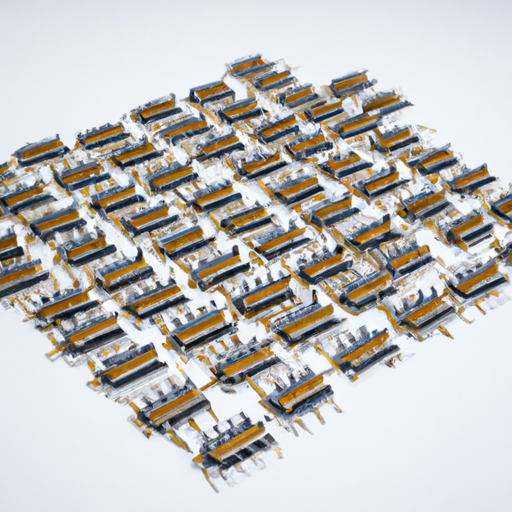MM74HC4049N and Resistor Networks: A Comprehensive Overview
The MM74HC4049N is a hex inverter that serves as a versatile component in digital circuits. While it primarily functions as a logic device, its integration with resistor networks and arrays can enhance its application in various electronic designs. Below, we delve deeper into the core functional technologies, application development cases, and relevant resources that highlight the effective use of resistor networks and arrays in conjunction with the MM74HC4049N.
Core Functional Technologies
| 1. Resistor Networks and Arrays | |
| 2. Voltage Dividers | |
| 3. Pull-Up and Pull-Down Resistors | |
| 4. Biasing Networks | |
| 5. Feedback Networks | |
| 1. Signal Conditioning | |
| 2. Level Shifting | |
| 3. LED Drivers | |
| 4. Sensor Interfacing | |
| 5. Testing and Prototyping | |
| 1. "Understanding Resistor Networks" | |
| 2. "Designing with the MM74HC4049N" | |
| 3. "Practical Applications of Resistor Arrays" | |
| 4. "Signal Conditioning Techniques" | |
| 5. "Level Shifting in Mixed Signal Designs" | |
Application Development Cases
Articles and Resources
Conclusion

Resistor networks and arrays are integral to the design and functionality of electronic circuits, particularly when interfacing with logic devices like the MM74HC4049N. By understanding their applications and effective implementation strategies, engineers can develop robust and efficient designs across various domains. Leveraging the principles outlined above can lead to innovative solutions that enhance the performance and reliability of electronic systems.
MM74HC4049N and Resistor Networks: A Comprehensive Overview
The MM74HC4049N is a hex inverter that serves as a versatile component in digital circuits. While it primarily functions as a logic device, its integration with resistor networks and arrays can enhance its application in various electronic designs. Below, we delve deeper into the core functional technologies, application development cases, and relevant resources that highlight the effective use of resistor networks and arrays in conjunction with the MM74HC4049N.
Core Functional Technologies
| 1. Resistor Networks and Arrays | |
| 2. Voltage Dividers | |
| 3. Pull-Up and Pull-Down Resistors | |
| 4. Biasing Networks | |
| 5. Feedback Networks | |
| 1. Signal Conditioning | |
| 2. Level Shifting | |
| 3. LED Drivers | |
| 4. Sensor Interfacing | |
| 5. Testing and Prototyping | |
| 1. "Understanding Resistor Networks" | |
| 2. "Designing with the MM74HC4049N" | |
| 3. "Practical Applications of Resistor Arrays" | |
| 4. "Signal Conditioning Techniques" | |
| 5. "Level Shifting in Mixed Signal Designs" | |
Application Development Cases
Articles and Resources
Conclusion

Resistor networks and arrays are integral to the design and functionality of electronic circuits, particularly when interfacing with logic devices like the MM74HC4049N. By understanding their applications and effective implementation strategies, engineers can develop robust and efficient designs across various domains. Leveraging the principles outlined above can lead to innovative solutions that enhance the performance and reliability of electronic systems.






